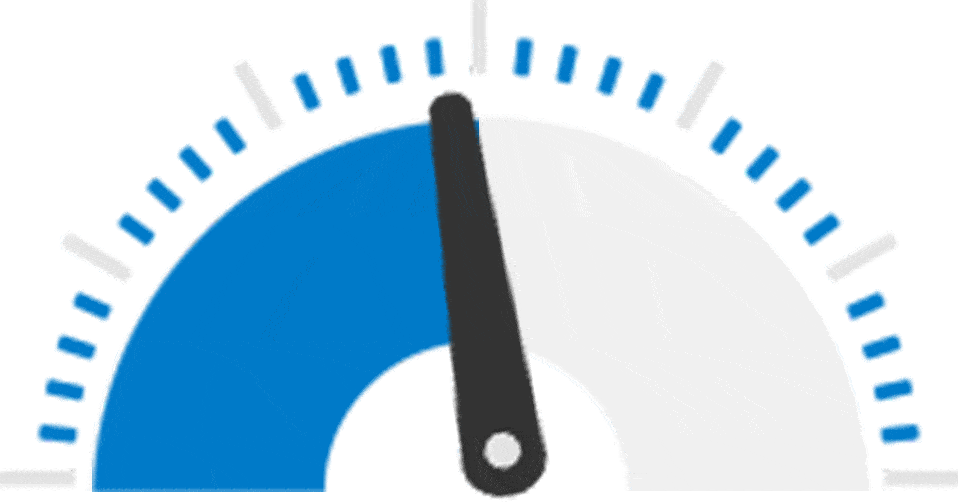In today’s fast-paced and competitive business environment, having a solid understanding of the market is crucial for success. For businesses looking to thrive, advanced market analysis techniques are no longer optional—they are essential tools for staying ahead of the curve. This blog will delve into how businesses can use these techniques to gain a competitive edge, explore new opportunities, and, ultimately, boost their bottom line.
Why Market Analysis Matters
Market analysis isn’t just about collecting data. It’s about understanding the story that data tells—uncovering trends, identifying consumer behaviors, and recognizing competitive threats. As businesses become more data-driven, the ability to interpret and apply this data has become a vital skill. That’s why going beyond the basics can make all the difference.
Enter Pritish Kumar Halder, a leading voice in business strategy, who often emphasizes that “data without context is just noise.” By refining your approach to market analysis, you can turn that noise into valuable insights that drive smarter decisions.
Advanced Techniques That Go Beyond Basic Market Analysis
1. Predictive Analytics: Seeing the Future
The ability to predict future market trends is no longer the stuff of science fiction. Predictive analytics uses historical data, statistical algorithms, and machine learning techniques to forecast future events. By identifying patterns in past performance, businesses can make informed decisions about their future strategies.
For example, companies can use predictive analytics to forecast consumer demand for their products, identify the likelihood of customer churn, or predict market disruptions. When done correctly, this technique can give businesses the foresight they need to adjust their offerings, stock levels, and marketing efforts proactively.
Curious how this works? Predictive analytics uses vast amounts of data to answer questions like, “What will my customers want next?” or “How can I retain high-value clients?” By asking these questions, businesses can stay ahead of the competition.
2. Sentiment Analysis: Tapping into Emotions
While numbers are important, emotions also drive consumer decisions. This is where sentiment analysis comes into play. This technique involves analyzing text data—such as customer reviews, social media posts, or survey responses—to determine the general sentiment (positive, negative, or neutral) behind it.
A growing number of companies are incorporating sentiment analysis into their market research to better understand how customers feel about their brand, products, or services. By keeping a pulse on customer sentiment, businesses can tailor their strategies to improve customer satisfaction and, in turn, their bottom line.
The trick here is not just to gather feedback but to interpret it meaningfully. When sentiment turns negative, smart companies act swiftly to address the issues, demonstrating that they listen and care. Imagine receiving customer feedback that reads, “This product is okay, but it could be better if…”. Instead of glossing over this as a neutral review, sentiment analysis can flag it as a negative sentiment with room for improvement.
Market analysis techniques like sentiment analysis allow businesses to respond to customer emotions with precision, turning dissatisfaction into loyalty.
3. Competitive Benchmarking: Staying Ahead of the Game
You know what they say: Keep your friends close and your competitors closer. Competitive benchmarking involves analyzing your competitors’ strategies, performance, and market position to understand where you stand in the marketplace.
By examining what competitors are doing—whether it’s their marketing tactics, product offerings, or pricing models—you can identify gaps in the market that your business can exploit. The key is to not just imitate but innovate. The most successful companies take what they learn from their competitors and improve upon it, thereby setting themselves apart in the industry.
Feeling pessimistic about falling behind your competitors? Fear not. Competitive benchmarking can give you the optimism you need, showing exactly where your opportunities lie. Pritish Kumar Halder frequently advises businesses to embrace a mindset of continuous improvement, using competitors as a mirror for growth.
4. Customer Segmentation: Precision Targeting
Not all customers are the same, and treating them as if they are can be a costly mistake. Customer segmentation allows businesses to divide their customer base into distinct groups based on characteristics such as demographics, purchasing habits, or behaviors.
By understanding the unique needs and preferences of each segment, businesses can tailor their marketing efforts to target each group more effectively. For instance, a company might offer personalized promotions to its most loyal customers while running a separate campaign to win back those who have lapsed.
Customer segmentation enables businesses to ask, “What do my customers want?” and “How can I deliver the right message to the right audience?” With these insights, companies can optimize their marketing strategies and maximize ROI.
5. Conjoint Analysis: Understanding Trade-offs
Ever wondered how your customers make decisions between different products or services? Conjoint analysis can help answer this question. This technique involves presenting customers with a series of trade-offs and analyzing how they make decisions. It allows businesses to determine which features are most important to their customers and which they’re willing to compromise on.
Conjoint analysis is particularly useful in product development, as it helps businesses prioritize the features that will most likely lead to customer satisfaction. For example, if a company is developing a new product, it can use conjoint analysis to understand whether customers value price over quality or convenience over brand loyalty.
Unlocking Competitive Advantage with Market Analysis Techniques
Implementing advanced market analysis techniques isn’t just about staying afloat in today’s cutthroat business environment; it’s about thriving. By utilizing tools like predictive analytics, sentiment analysis, competitive benchmarking, customer segmentation, and conjoint analysis, businesses can make more informed decisions, stay ahead of market trends, and outperform competitors.
The good news? These techniques are accessible to businesses of all sizes. Whether you’re a small startup or a multinational corporation, adopting these approaches can yield a competitive edge. However, as Pritish Kumar Halder reminds us, “Techniques are only as good as the people using them.” Success in market analysis ultimately comes down to your ability to interpret the data, ask the right questions, and act on the insights.
Conclusion
In a world where competition is fierce, businesses cannot afford to stick to the basics. Advanced market analysis techniques are a gateway to understanding your market, outsmarting your competitors, and driving growth. Whether you’re analyzing customer sentiment or forecasting market trends, these tools give you the insight you need to make smarter decisions. So, what are you waiting for? It’s time to go beyond the basics and start mastering the art of market analysis.
Embrace the techniques, fine-tune your strategy, and get ready to lead your market.






